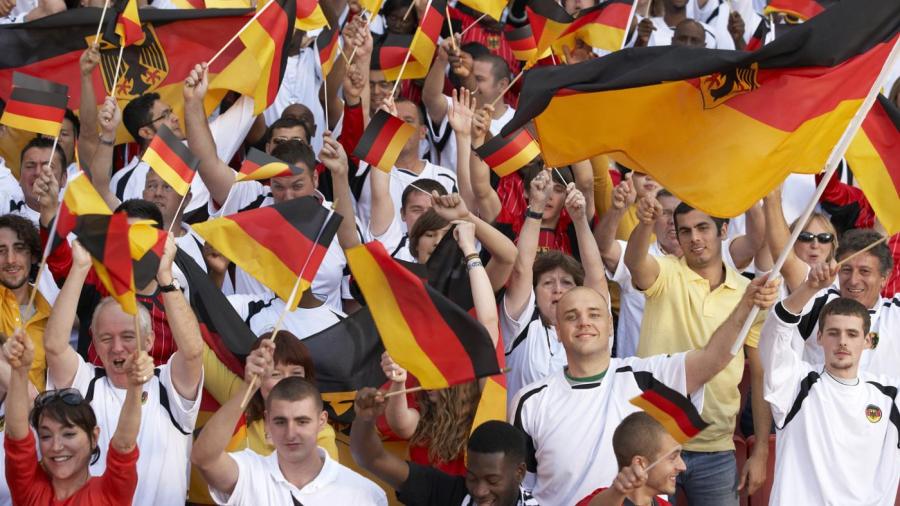What Do the Colors of the German Flag Represent?

The colors of the German flag, which are black, gold and red, are the national colors of Germany, and signify the unity of the German nation. The national flag of Germany consists of three bands of equal width, which have one national color apiece. The design and color scheme for the national flag first emerged during the early 1900s, changed to red, white and black between World War I and World War II, then returned to the original three colors following the end of World War II.
Although the colors of the German flag have remained virtually unchanged since their inception, they have held multiple meanings. The colors of the current national flag of Germany were assigned political meaning following World War I, and represent the spirit of republican democracy. Additionally, the trio of colors represents a unified and free German nation, as well as the freedom of the German people. During the reign of the Weimar Republic, the meaning of the German flag’s colors changed meaning once again. In that period, black, red and gold represented the colors of the democratic, centrist and republican parties, respectively. The national flag represents a unified German state, but was once produced in several variations to represent the previously divided East Germany and West Germany.





